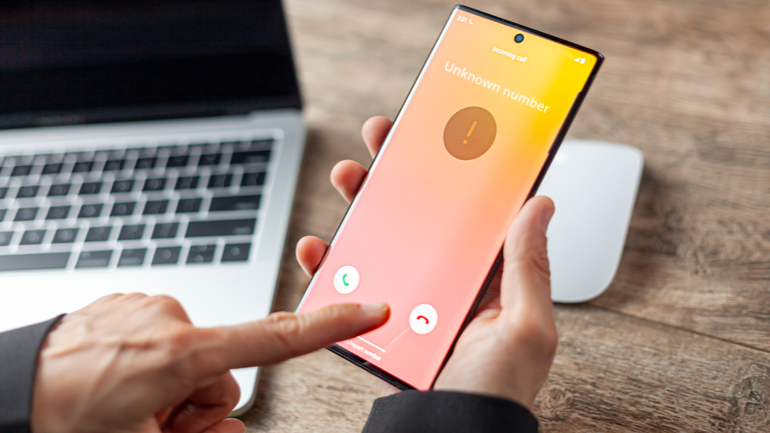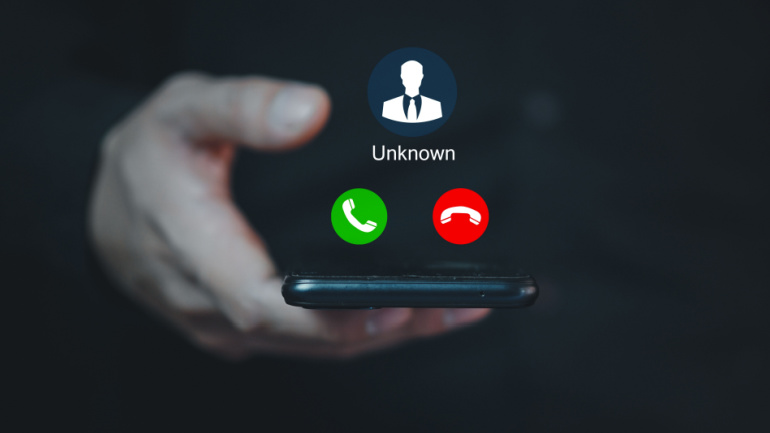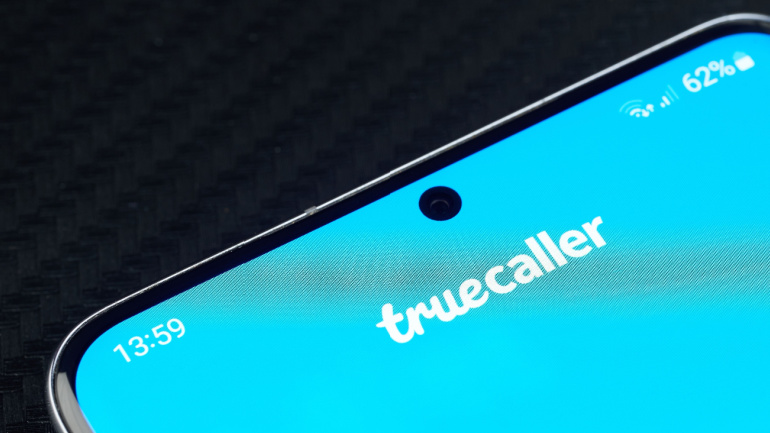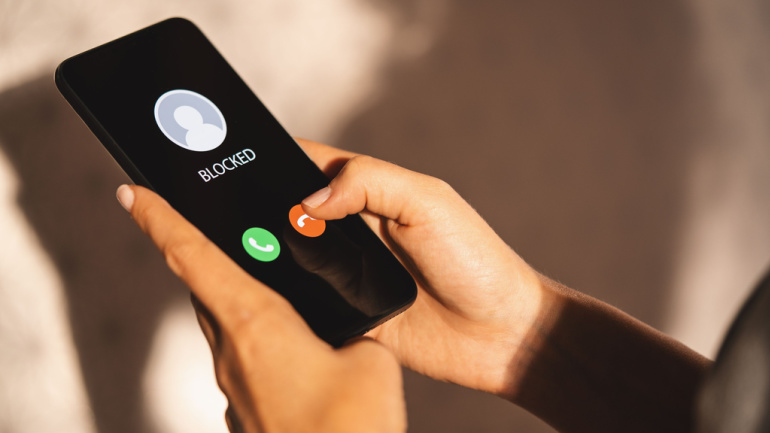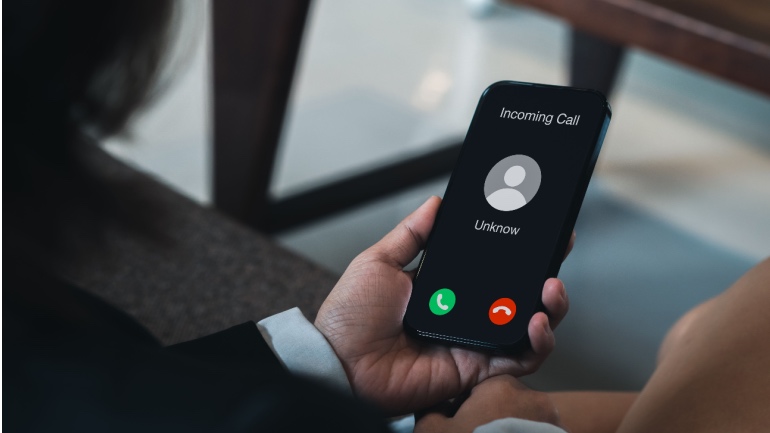Robocalls threaten people’s privacy and tarnish the reputation of the telecoms industry by subjecting subscribers to unwanted and intrusive telemarketing and scam practices. In 2021, American customers received an estimated 50,507,702,500 robocalls, which is nearly 10% more than the 45.9 billion robocalls received in 2020. YouMail, a free robocall prevention program and call protection service for mobile phones, provided the most recent statistics. Americans received nearly 3.6 billion robocalls in December 2021 alone, with an average of 115.1 million calls each day and 1,332 calls every second. Scam calls declined by 4% in December, while telemarketing calls decreased by 18%, payment reminders decreased by 18%, and alerts and reminders decreased by 11%. On the whole, the scam category topped the list for the year, accounting for about 30 billion scam or spam calls, or slightly under 60% of all calls, a sizable amount of presumably unwelcome calls. While…
Robocalls calls have become a plague. It is estimated that Americans alone received more than 58.5 billion robocalls in 2019. While some robotic calls may be from legitimate sources, they can also be scams seeking to deceive or bully people to provide personal information.
Early on, robocalls were easy to detect and ignore because the calls came from an area code you did not recognize. However, the scam has become much more sophisticated with the increase in Voice over Internet Protocol (VoIP) dialing, which makes it relatively easy to “spoof” a phone number so that the caller ID shows a different number than the one actually calling.
Ofcom, the UK’s telecom regulator, wields new measures to curb fraudulent calls and misuse of Calling Line Identification data internationally. This initiative directly targets scammers exploiting loopholes to feign UK numbers. While exceptions exist for legitimate overseas use, maintaining the balance without obstructing genuine calls is an imperative yet challenging pursuit.
In a testament to its global popularity, Truecaller has secured a coveted spot in Apple’s prestigious list of Top Apps for 2023. The communication platform, traditionally dominant on Android, has surged in popularity since the launch of its revamped iOS version in 2022.
In telecom news, global circular solutions provider TXO bolsters its sustainability commitment by acquiring network decommissioning specialist Lynx UK, expanding its team and global presence. Meanwhile, the FCC strengthens rules against telemarketing abuse, aiming to protect U.S. phone subscribers from unwanted calls. Enreach introduces a Contact App Suite for enhanced business connectivity, integrating voice and call control with Microsoft collaboration tools. Additionally, Tollring unveils Record AI, an affordable cloud call recording solution democratizing AI automation for improved customer experiences across organizational scales. These strategic moves signal advancements in telecom sustainability, regulatory protection, business connectivity, and AI innovation.
The UK telecommunications regulator, Ofcom, has announced new regulations that will force phone companies to take action against fake phone number usage by detecting and, where possible, banning spoofed calls. This action tries to address an issue that has led to 40.8 million people becoming the subject of fraudulent calls and messages throughout the summer of 2022. Technical steps to combat nuisance calls have already been put in place by the vast majority of the large ISPs, phone companies and mobile network operators, although these measures are not always successful. Furthermore, there are still many operators that could do more, notably smaller providers and some VoIP carriers. According to the telecom watchdog, preventing such calls without substantial international cooperation and coordination is technically complex and frequently risks intercepting legitimate communications as well. According to Ofcom, around 700,000 UK residents have fallen victim to spoofed phone calls in…
Most phones today allow users to see the calling party’s phone number before they answer. This feature is called Caller ID or Calling Line Identity (CLI). It lets people know who is calling and decide whether they want to answer the call or not. However, callers and criminals can purposely change the Caller ID so that the incoming call appears to originate from a trusted entity. This disingenuous practice is better known as spoofing. Unfortunately, there are more and more cases where callers and criminals purposefully change the caller ID in order to commit fraud. What is Caller ID spoofing? Spoofing occurs when a caller knowingly falsifies the information transmitted onto your phone screen, known as caller ID, to hide their true identity. Scammers often use the so-called ‘neighbors’ spoofing technique. When this technique is used, the incoming call appears to come from a local phone number. It could be…
The United States Federal Communications Commission (FCC) has announced that, in reference to the recommendations of the Cloud Communications Alliance (CCA), the Secure Telephone Identity Governance Authority (STI-GA), a group supporting the timely deployment of STIR/SHAKEN protocol, has altered the requirements in their robocall prevention policy. Initially, the STI-GA policy required that only an entity with direct access to telephone numbers could partake in the framework, that must be implemented by all voice service providers. However, the CCA claimed that this specification puts service providers at a significant disadvantage. Therefore, the FCC has announced that the policy change will allow CCA members to take advantage of STIR/SHAKEN through the FCC’s Robocall Mitigation Database. Until then, the current Service Provider Code (SPC access key) access policy will remain in effect, said the FCC. This important reconsideration will allow all CCA members to implement the STIR/SHAKEN protocol and make sure…
The FCC approved SpaceX to replace its aging Starlink satellites with advanced second-gen models. The number of Australians using FWA for home broadband nearly doubled. Hiya’s report found nearly 20 billion spam calls globally. The UK CMA has paused its app store investigations into Apple and Google.
The Federal Communications Commission (FCC) has proposed new rules for AI-generated robocalls and texts. Aiming for transparency, the FCC mandates prior consumer consent and clear AI-generated disclosure for each message. This initiative seeks to protect consumers from scams while exploring AI’s positive applications, such as aiding people with disabilities.



